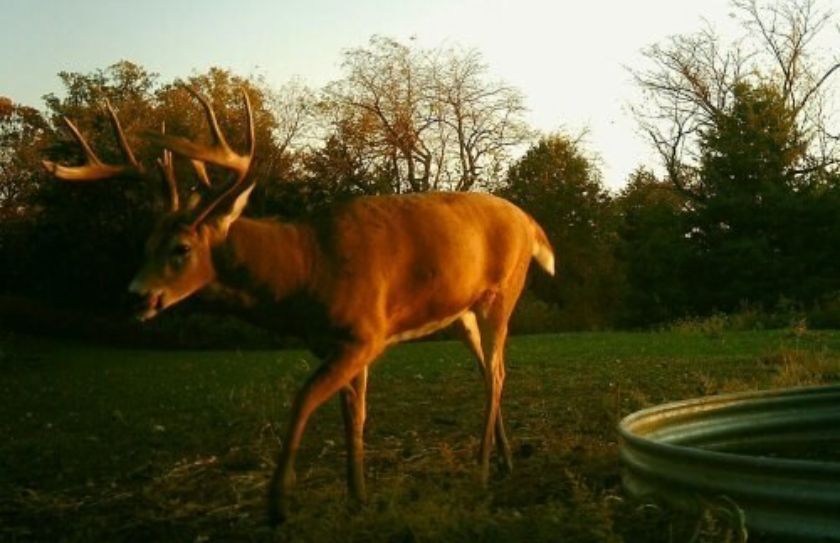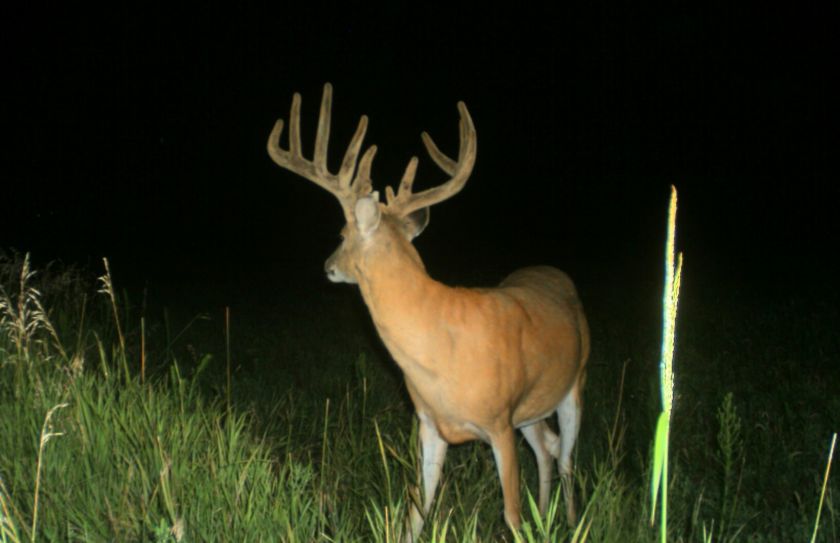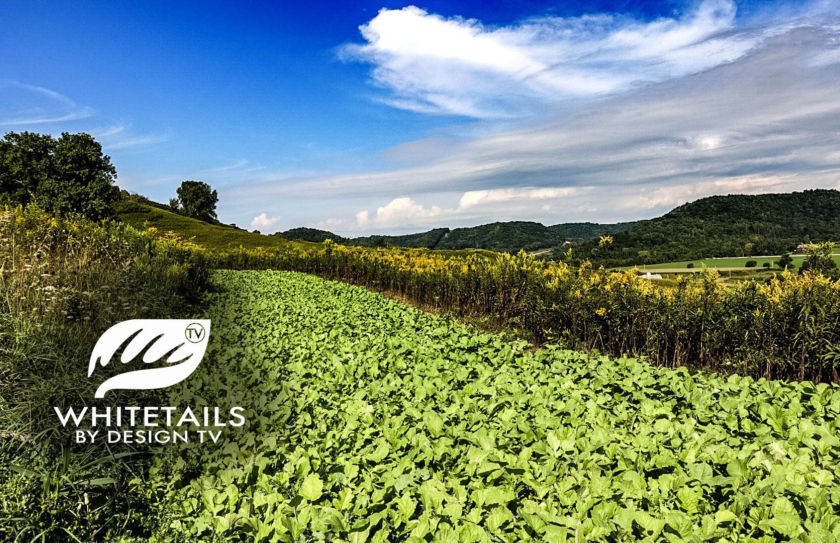Food plot lovers beware, because if you are not following these 10 advanced food plot tips, your potential for creating quality deer herds and hunting opportunities may be doomed no matter how pretty and attractive your plots become.
The art of advanced food plotting goes well beyond a pretty field of green. Contrary to popular belief, just because a food plot is planted and growing perfectly, success is not guaranteed. In fact, the more attractive your food plots become, the more carefully you need to manage that level of attraction, before your ultimate potential of herd and hunting opportunities have quickly eroded away. Your success will not simply be found through the creation of pretty food plots, but instead by making sure that you match your food plot efforts to the following proven concepts.
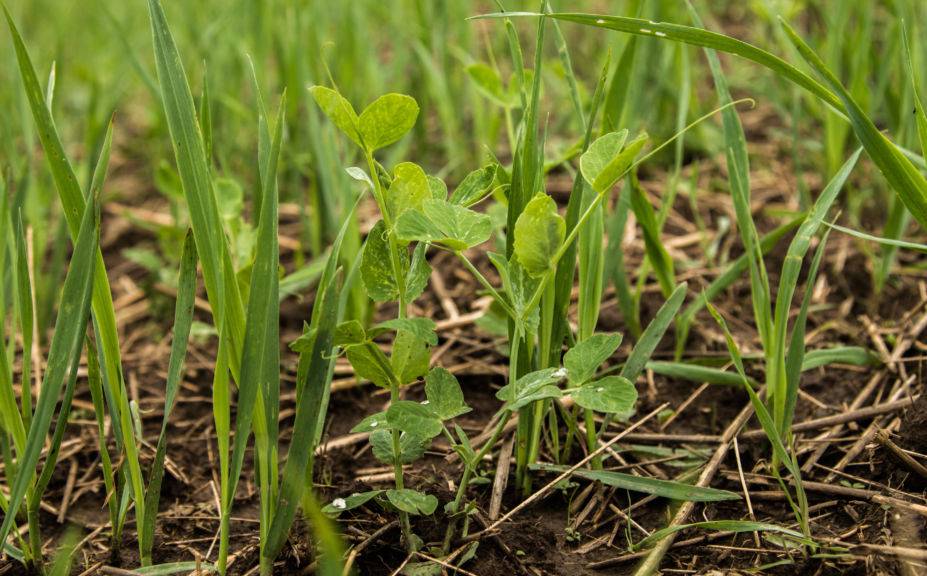
Top 10 Advanced Food Plot Tips For Your Land
After studying and designing food plot programs for over 600 parcels in 22 states, I have experienced several extremely important food plotting concepts that have been proven over and over again. I personally get pretty excited to write about these concepts because simply, they work! When these concepts are in place, you will find an incredible level of success. These tips are advanced because they took me several years and analyzing a lot more than just a few dozen lands to recognize, experience and define. I am revealing these food plot tips to you for free because at WHS, our mission is to deliver quality and proven whitetail content to you. This is a system of food plot tips and concepts that if followed, will quickly speed up the process of experiencing your ultimate level of herd and hunting success. I invite you to explore the following concepts that are the product of driving and flying, 100s of thousands of miles throughout nearly two dozen states.
1. Should you be planting food plots in the first place?
This is a serious consideration. If not created correctly, food plots have the potential for as much harm as they do good. Dozens of my clients have hired me often, because the began experiencing declining hunting and herd conditions after they began their food plot efforts. Why? Because while their food plots may be extremely attractive, their plots have been located and overhunted to the point that local deer herd has turned nocturnal.
When deer choose to avoid your land during the hourse of daylight, that means that they are living somewhere else during the day. That also means that they are exposed to neighboring levels of hunting efforts that may not mirror your own, they are more likely to choose somewhere else to feed during the afternoon and ultimately, that your potential of herd and hunting influence is greatly reduced. This is particularily true when including mature bucks, adequate buck age structure and improved sex ratios.
Does, fawns and young bucks are the great deceivers in the local deer herd. They often will tolerate much higher herd and human stress levels, than a mature buck. While you can build a nocturnal parcel with high numbers of doe and fawn, even if the herd stress levels are high, you can count on mature bucks to learn to completely avoid the area during the day. A good question arises then: If bucks learn to avoid your parcel during the hours of daylight, do they even achieve the age of maturity on your neighbor's land in the first place? Often, they do not.
2. Food plots equal herd health?
Not necessarily. In many northern areas, deer have several times more food than they need, during the growing season. Food plots have the ability to improve herd health, but only if they target times when the local habitat is at it's worst - not best.
During May thru early September the local habitat in the North 1/2 of the country, is in high supply! In particular, in mixed ag regions, the local habitat (including ag) is most likely a 9.5 to 10 out of 10. Even if you could make any level of improvement with your food plots during that high-supply times of the year, it would be at best to the tune of a few % points. However, even a food plot that ranks a 6 out of 10 during the Fall and Winter months, could be several times more nutritionally sustainable than the local habitat. The difference in overall quality relative to the local habitat is what has the ability to change the health of the herd, and not the ultimate quality of the planting itself. Also, healthy dead bucks don't grow either!
Even if your food plots have the ability to change the health of the herd during any season of the year, the health of the local herd may be still negatively influenced if your efforts are creating nocturnal herds that include young bucks and deer your management efforts target to protect, that live on your neighbors land during the hunting season.
3. The Foundation of All Deer Movement - Food
Deer feed 5 times in a 24 hour period and that daily clock resets during their afternoon food source movement, every single day. The most reliable movement in the deer woods, is the time of the day that bedded daytime whitetails travel to their afternoon food source. In my experience, deer prefer to hit their afternoon food source dependably, about 90 minutes prior to dark. They then exit their afternoon food source to travel towards their night-time feeding, bedding and social hotspots. The afternoon food source movement is where the true power of food plots really shines! This is not only the foundation of deer movement on a daily basis, but should be the foundation and goal of every whitetail parcel design. In fact, that same movement is the movement that can be taken advantage of naturally, on public land.
4. Controlling the Afternoon Food Source Movement
When you control the afternoon food source movements by following these 10 advanced food plot tips, you have the ability to mold, shape and control the deer herd for the entire neighborhood; even on parcel sizes of 40 acres or less! The landowner that controls the afternoon feeding movement is the one that can influence herd and hunting results for often the entire neighborhood. The landowner that holds and attracts the nightime movement at the expense of attracting daytime movements on their land, carries little to know influence over the health of the herd, or the quality of their hunt.
5. Food Plot Positioned Deer Bedding
While food dictates and defines the daily afternoon food source movement, it also works to dictate and defined deer bedding opportunities. Doe family groups will often bed within 50 yards or less of their preferred afternoon food source, if that bedding opportumity is available. Bucks will then bed behind the doe family groups and young bucks. If large gaps of secure movement or bedding cover exist or portions of the mature buck bedding-to-young buck bedding-to-doe family group bedding-to-afternoon food source, are over pressured, then the random bedding and deer use will take place. However, if you use food to position and define bedding opportunity for all sexes while making sure to avoid spooking out the movement, you have a foundation of daily movement that can allow you to quickly achieve your herd and habitat goals.
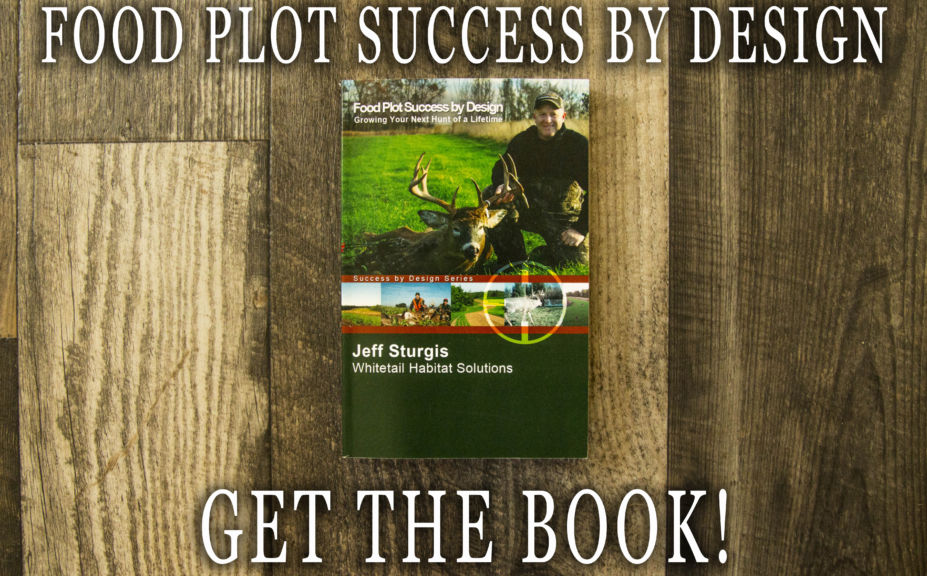
*These advanced food plot tips and many more, can be found in my 2014 book, "Food Plot Success by Design".
6. 100% Unpressured Food Plots - No Exception
If you have to walk through it, drive through it or just as importantly - blow your scent into it, push your sound into it or allow deer to see you from whatever distance, make sure to shrink the plot, screen the plot or get rid of the food plot all together. Although you would never set a mouse trap between your legs while you sit in the kitchen chair, leave the lights on and wait for a mouse - it is amazing how many of use have taken that same approach to hunting deer over food plots! Your food plots should be as unpressures as your most secure bedding sanctuary. If you allow the afternoon food source to take place every single day of the season without the deer knowing they are being hunted, you have achieved a level of food plot power that is rarely experienced in the world of whitetail habitat and hunting management.
7. All Portions of Land Have to be Food Supported
There is a distance based on the overall percentage of cover in your neighborhood, that deer are used to traveling to their afternoon food source. If you have acres of cover outside of the typical distance of afternoon movement, you will have acres of random and non-dependable deer use. In coverless age regions mature bucks (the backside of the entire movement) are often forced to relate to their afternoon food source within 150 yards or less of their bedding areas. In low population wilderness settings I have found that movement can be a mile or more. However, for most lands, you can count on the extremity of the movement (including mature bucks, young bucks, does and fawns) to be roughly 300-400 yards. If you expect deer to live on your land in locations too far from the afternoon food plot you are planting for them, you can expect those acres on your land, to not carry defined deer movement or deer use.
Having food plots within reach of an entire afternoon movement alone, will not provide success. Bedding areas need to be in place, secure movement between bedding areas and a diverse food plot that provides food for the entire season, all have to be in place as well.
8. Important Tips for Hunting Your Food Plots
Unfortunately, food plots are not appopriate for hunting over in every situation, all times of the day and through every change in the season. In fact, while I love food plots and everything they offer, only 3 out of my top 25 bucks have been shot on a food plot. Rarely does a food plot have what it takes to call it a hunting plot, but that doesn't mean that your food plots don't defined how to hunt your land!
The client design shown below, illustrates how food plots (green), bedding areas (orange), deer travel corridors (yellow) and stand locations (red) can all be used to define a solid hunting strategy. For example, stand locations 4, 5, 6, 7 and 10 can all be used to hunt mature bucks in the morning at the backside of the movement. Stand locations 3, 8 and 9 can be used for mid-day cruising hotspots and potentially all-day rut sits. Finally, stand locations and access routes for numbers 1, 2, 11 and 12 can be used to safely hunt evening food source locations. Even on 74 acres, food plots can be used to define morning, evening, mid-day, early season, rut and late season hunting opportunities for all winds, while rarely exposing hunting pressure to the food plots themselves.
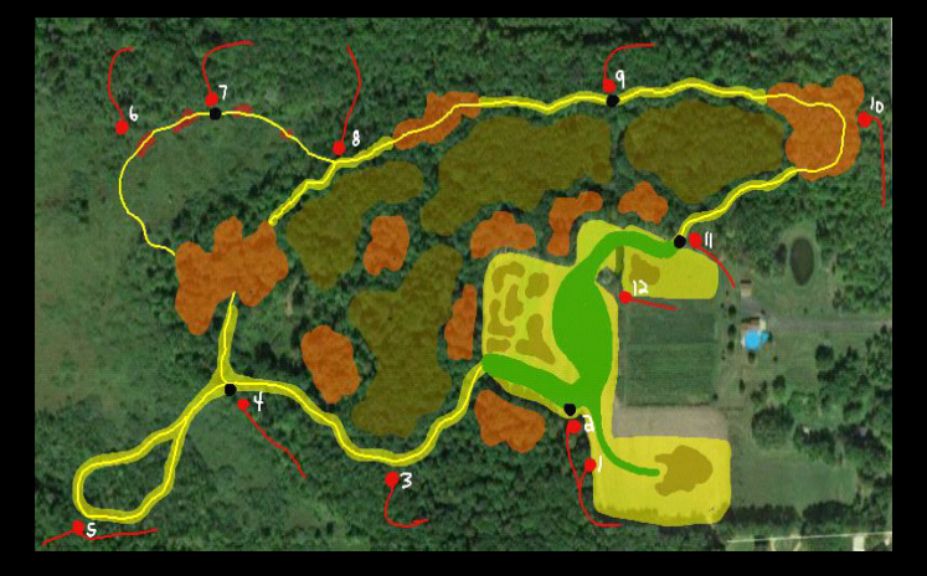
9. Building A Quality Herd Through Diverse Food Plot Planting Combos
Let's face it, single food plot varieties are attractive and useful for only 4-6 weeks at a time, during the Fall. What that means for you and your herd or hunting needs, is that if you aren't covered for the entire hunting season, you completely lack the ability to not only control the afternoon food source, but to also experience both a quality herd and hunt.
Each of your plots, should carry the same food plot combo, across your entire parcel. This will not only establish consistent deer movements to each plot based on the same diversity designed to hold deer for the entire hunting season, but it will keep the deer herd from infighting and higher herd stress levels. When you allow diverse food plot plantings to define consistent deer use for the entire season, your non-invasive hunting efforts become a whole lot easier!
10. Food Plots, Good Intentions and Mature Bucks
Great deer management -including your food plot efforts- and mature bucks go hand-n-hand. While "mature" is all relative based on your parcel size, region and personal aspirations, you can't consistently shoot mature bucks without doing a great job with your herd and habitat management efforts. At the same time, you can't pat yourself on your herd and habitat management back to much, without creating quality hunting and herd opportunities that include mature bucks.
Is quality deer management all about shooting mature bucks? Absolutely not! However, if you are doing a great job, you will create herd and hunting opportunities that include mature bucks. You can't have one, without the other. In the end, consistent mature buck opportunity (whether your goals are for 2 year olds to 6 year olds), is the #1 sign that your efforts are paying off. Outside of how you actually hunt your land, how advanced and successful your food plot efforts are, is often the #2 tool in the bucket, for determining your herd and hunting success.
*When you allow afternoon food plot movements to continue for several weeks into the season, the deer can become "sitting ducks" when it is time to hunt. Check out the above late November food plot hunt with my son Sam!
Conclusion
If you can manage both the risk and reward of food plots, you can control the most important deer movements within the neighborhood. Nearly anyone can accomplish advanced food plotting results however, there is a whole lot more strategy that goes into food plotting, than growing pretty fields of green. Try asking yourself these 5 food plot consideration questions:
1. Can you get in and out of your land without spooking deer?
2. Are you willing to assess the balance of buck movement to food, as well as support all of your acres with food?
3. After filling your habitat adjacent to your plots with does, is there any room left over for bucks?
4. Will the food you plant, be available for the entire hunting season?
5. Do you have enough resources of time and money, to get it done right.
If you can answer yes to each of those 5 questions, you are well on your way to becoming a successful food plotter, deer manager and deer hunter, on your favorite hunting parcel.
